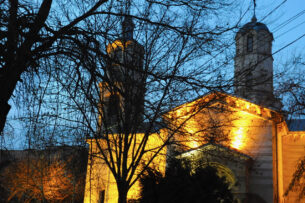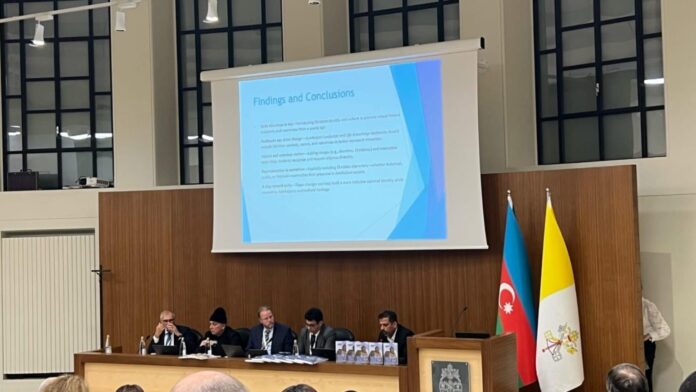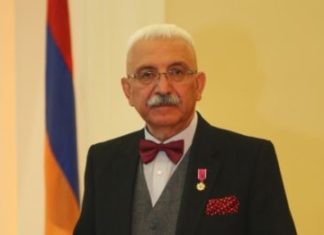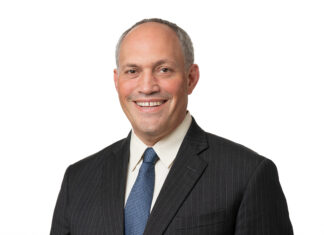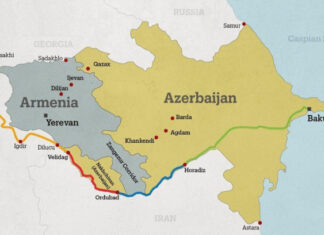YEREVAN (Combined Sources) — Various segments of the Armenian Church condemned the actions of the Roman Catholic Church for a conference organized by Azerbaijan in Rome on April 10, discussing the history of Christianity in Azerbaijan. In the conference, the Azerbaijani government’s consistent lies attributing Albanian origins to clearly Armenian churches were advanced.
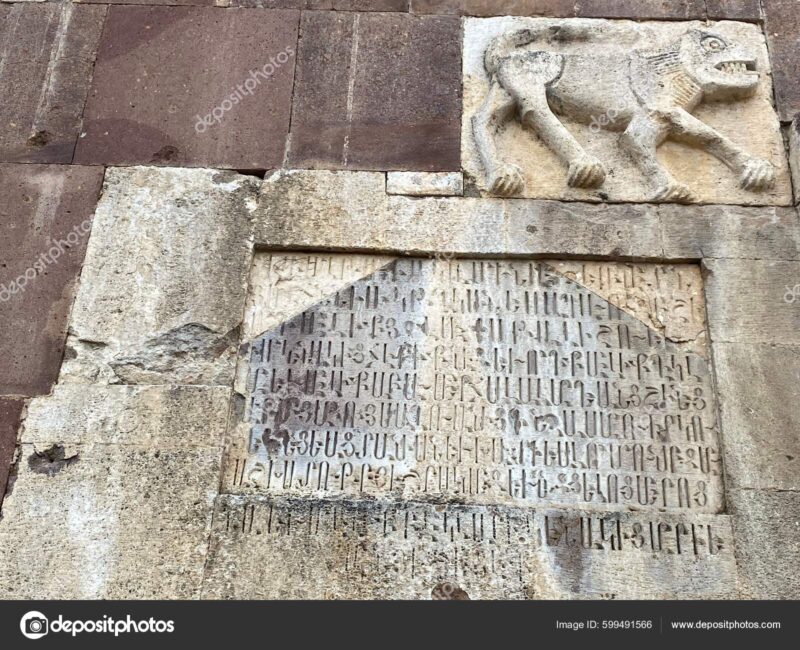
The conference was organized by the Baku International Center for Multiculturalism, the Institute of History and Ethnology of the National Academy of Sciences of Azerbaijan, the Azerbaijan Embassy to the Holy See, and the Albanian-Udi Christian Community of Azerbaijan.
The Mother See of Holy Echmiadzin in a statement noted, “On April 10, at the Pontifical Gregorian University in Rome, an event entitled ‘Christianity in Azerbaijan: History and Modernity’ was held at the initiative of the Embassy of Azerbaijan to the Holy See and several Azerbaijani organizations, with the participation of representatives from various countries.
“During the event, staged by the Azerbaijani propaganda machine, attempts were made to deny the Armenian origin of the historical and cultural heritage of Armenia and Artsakh, and to distort historical facts with the malicious intention of appropriating this heritage in the future.
This event comes amidst the international community’s failure to properly assess the genocidal actions carried out by Azerbaijan, the violation of the fundamental rights of all Armenians forcibly displaced from Artsakh, the illegal and degrading treatment of Armenian prisoners of war held in Baku, the appropriation of Artsakh’s spiritual and cultural heritage, and the complete erasure of Armenian traces,” reads the statement issued by the Mother See of Holy Echmiadzin.
In its statement, the Mother See of Holy Echmiadzin noted that it will take the necessary steps within the framework of inter-church communication.
